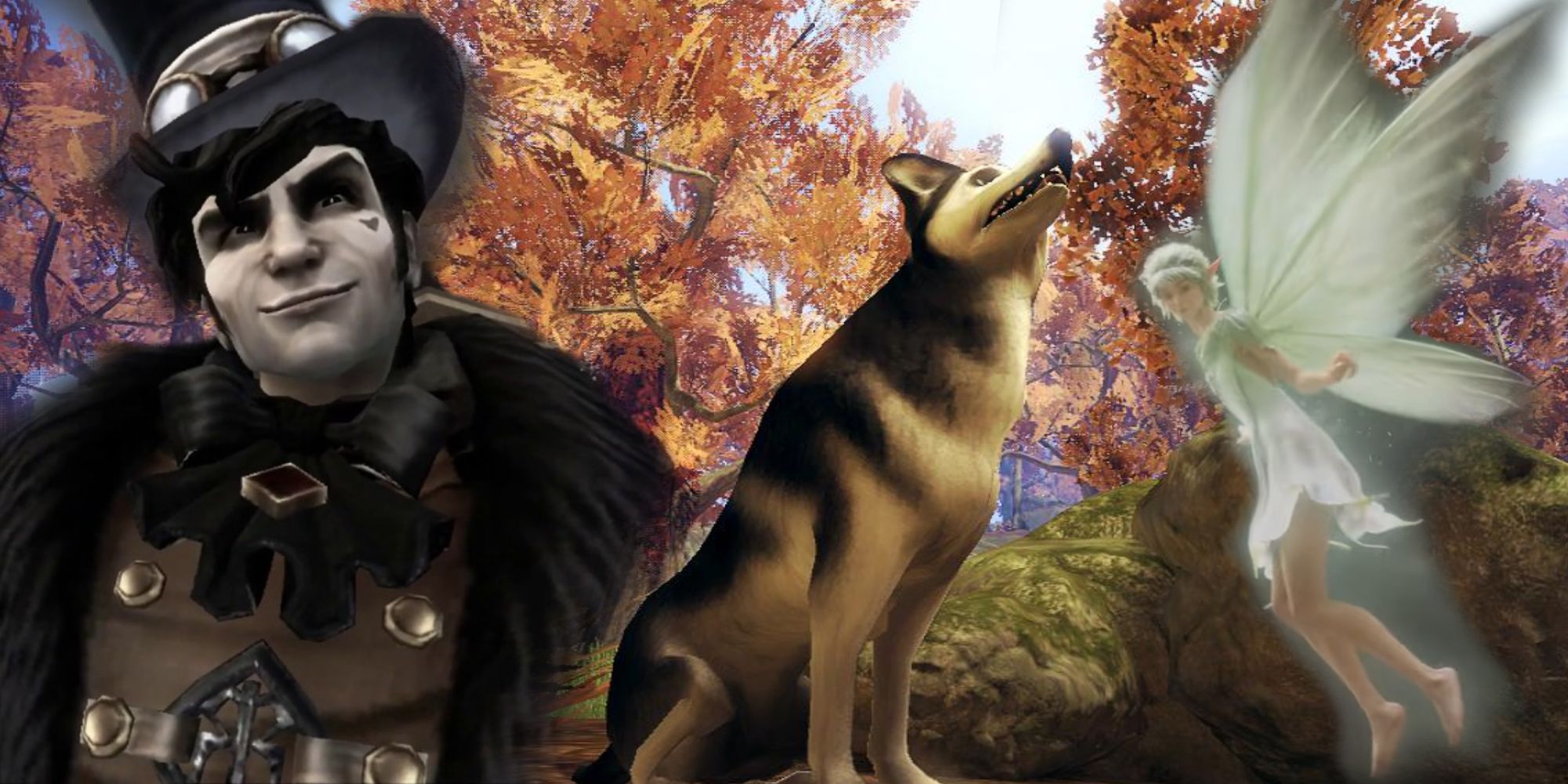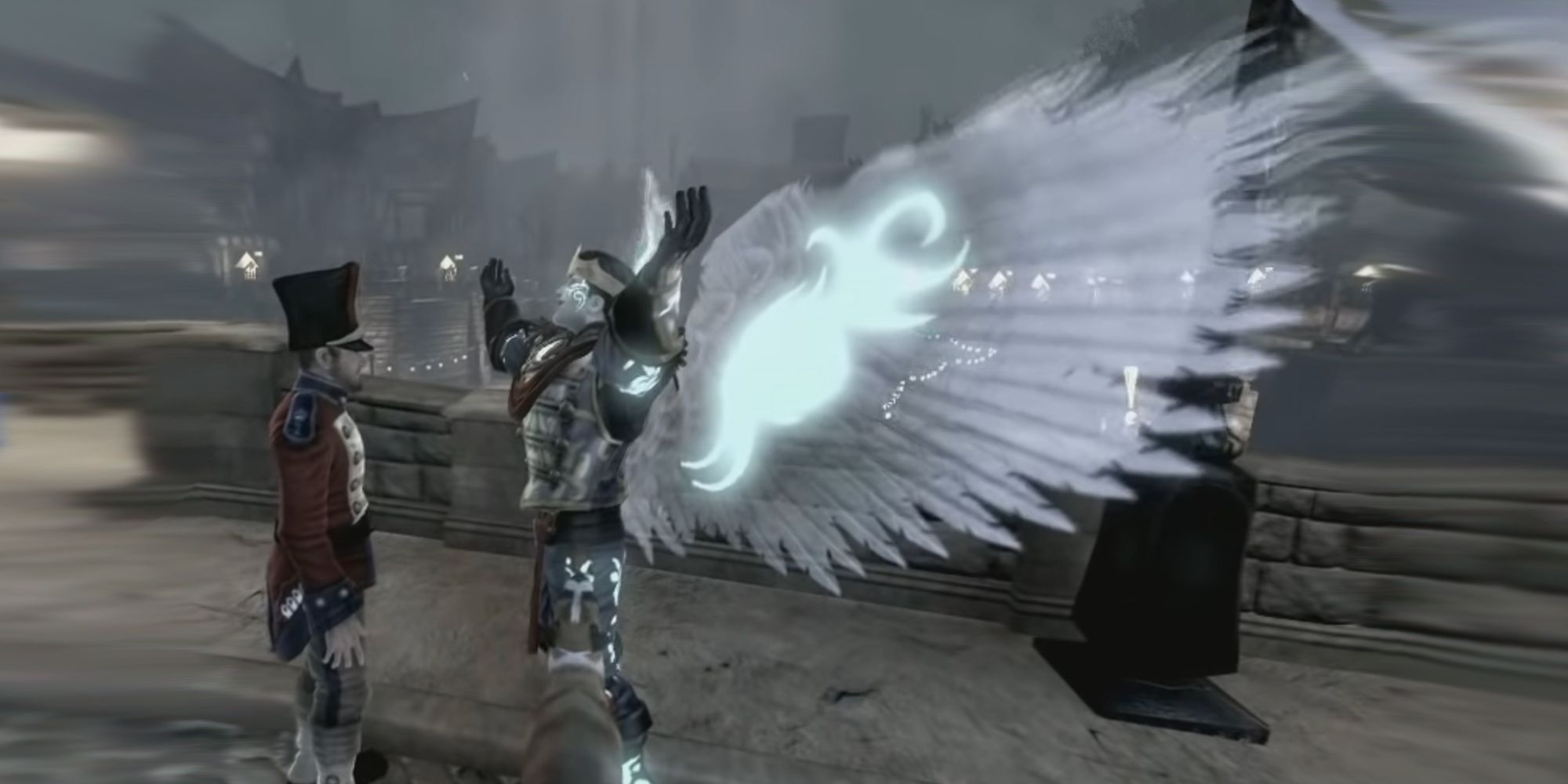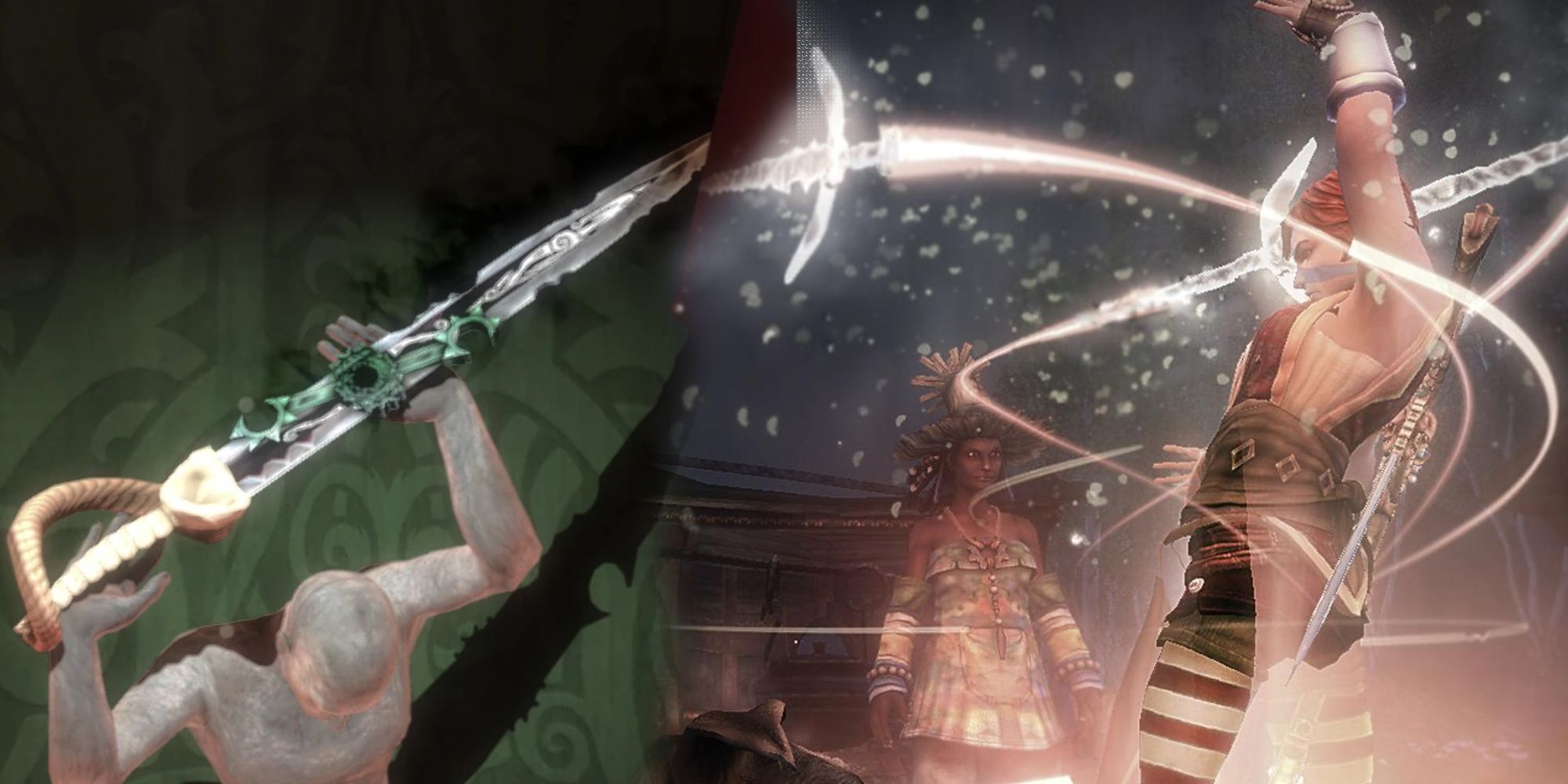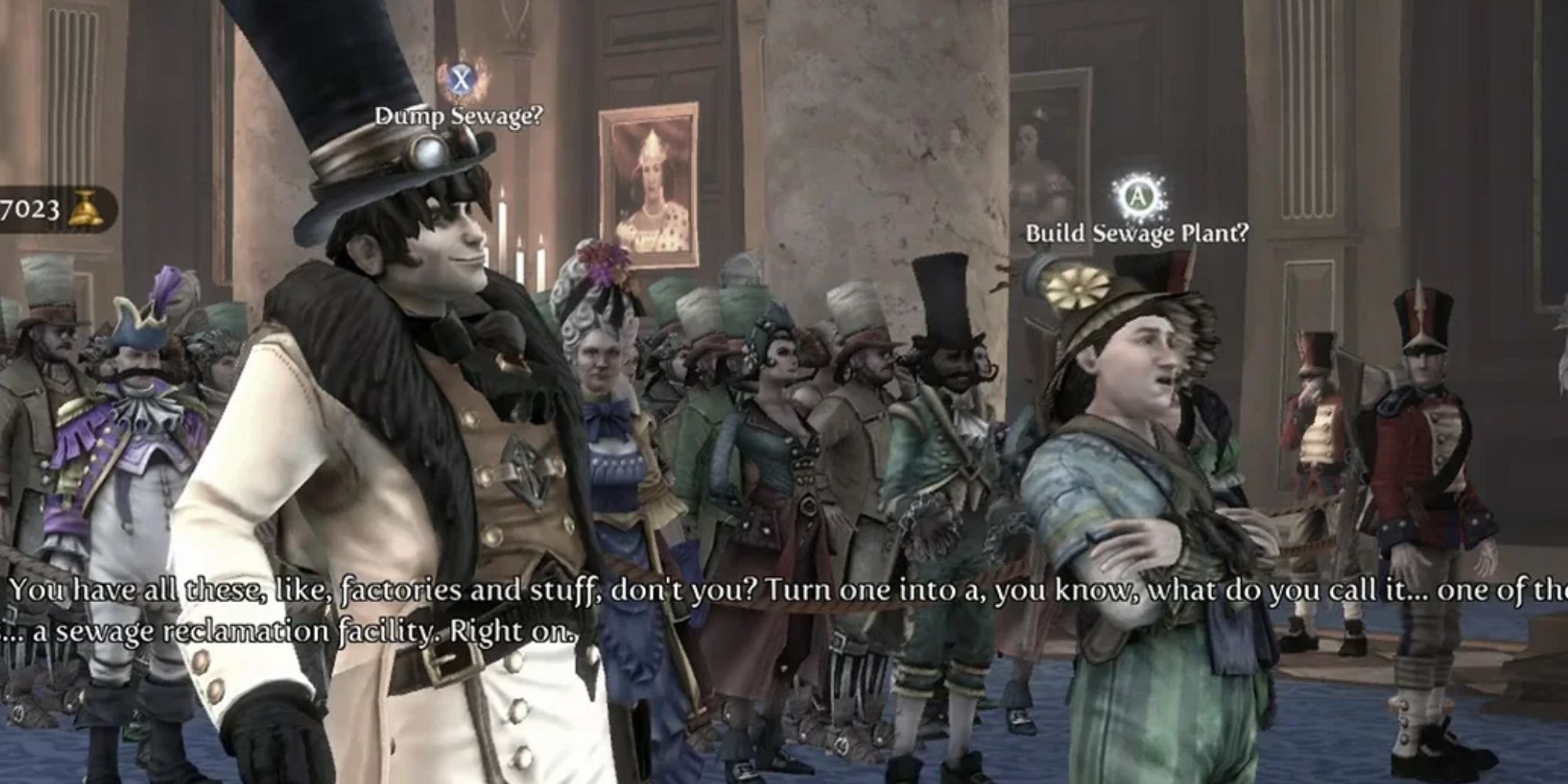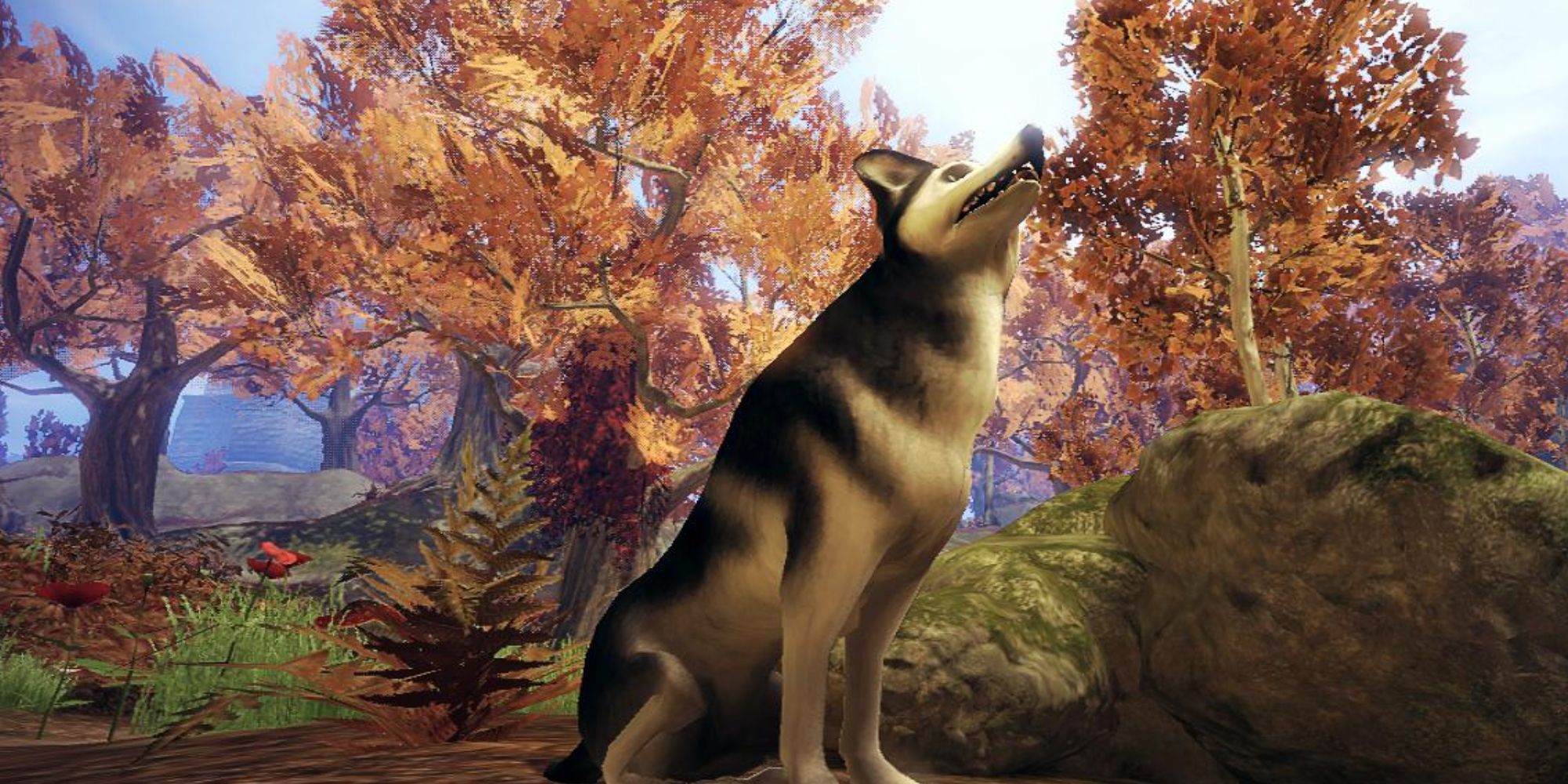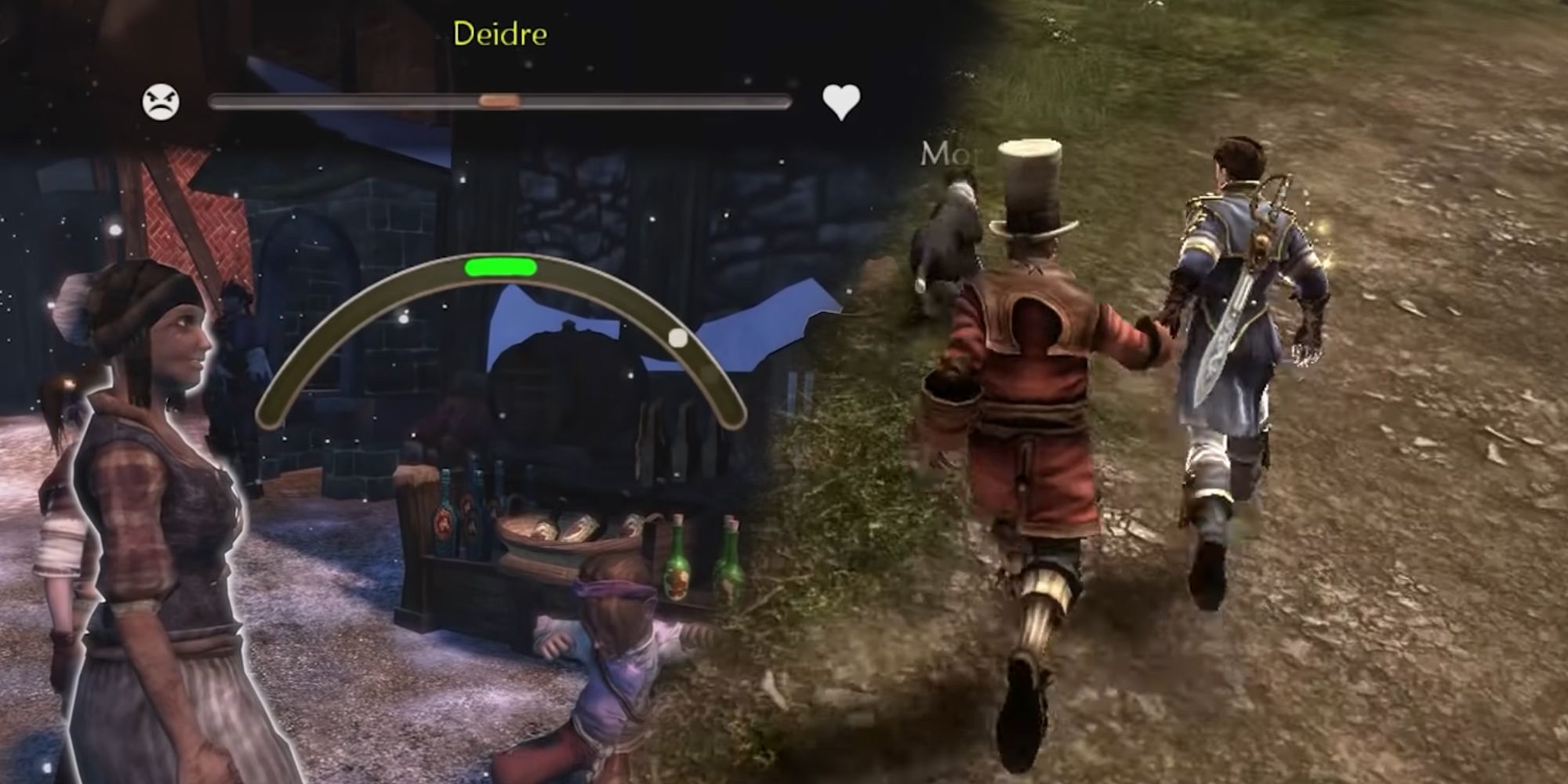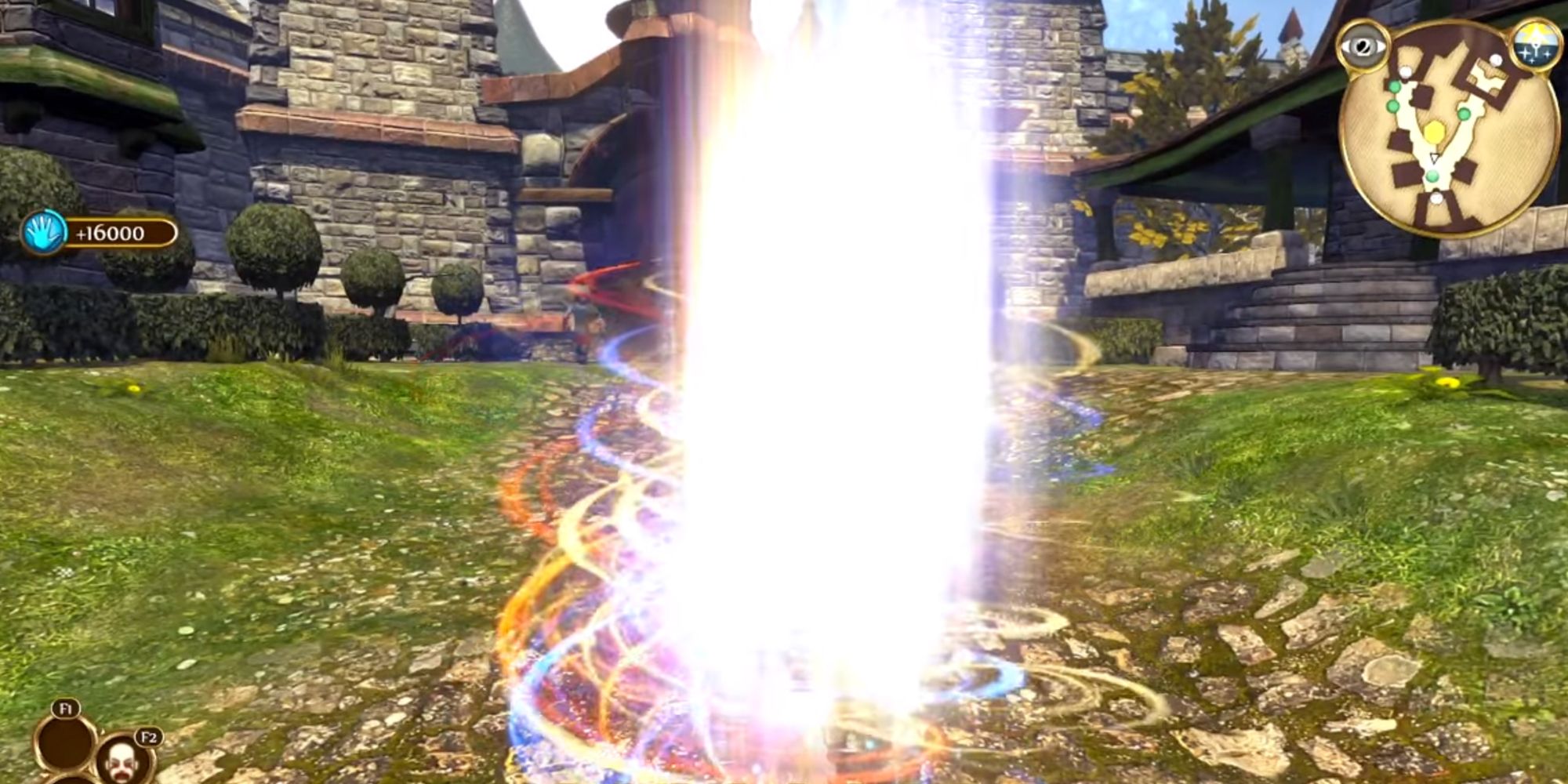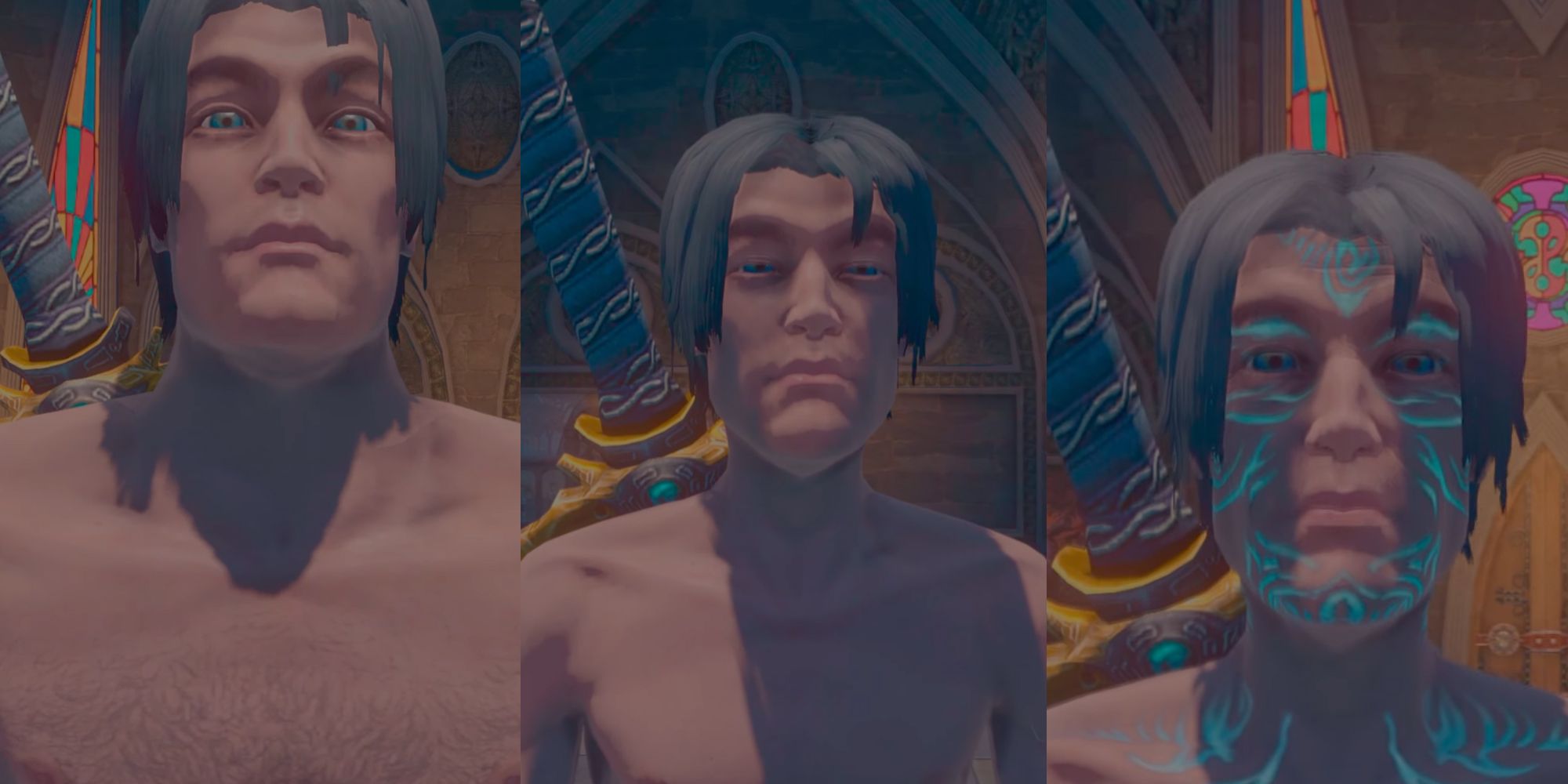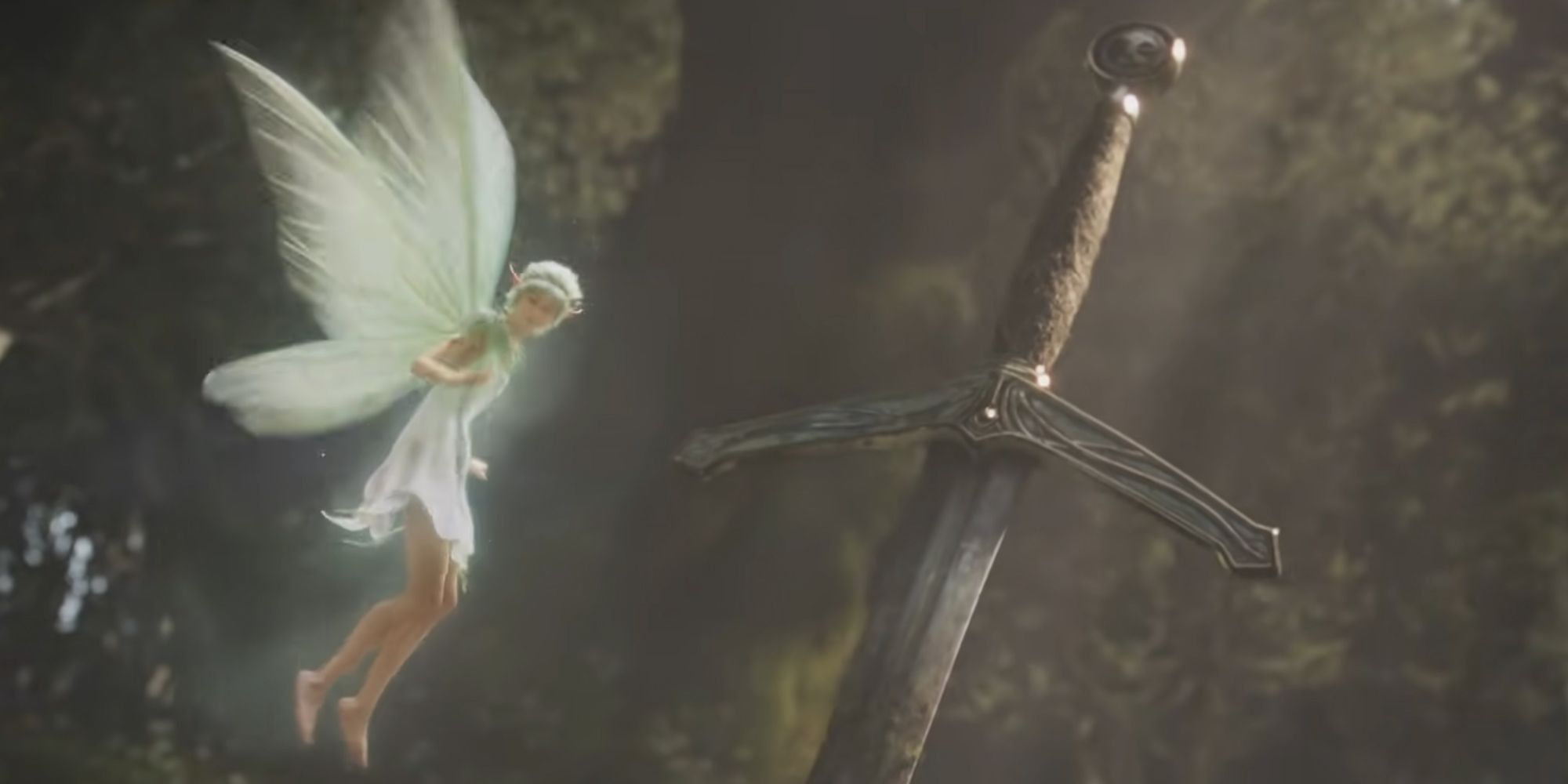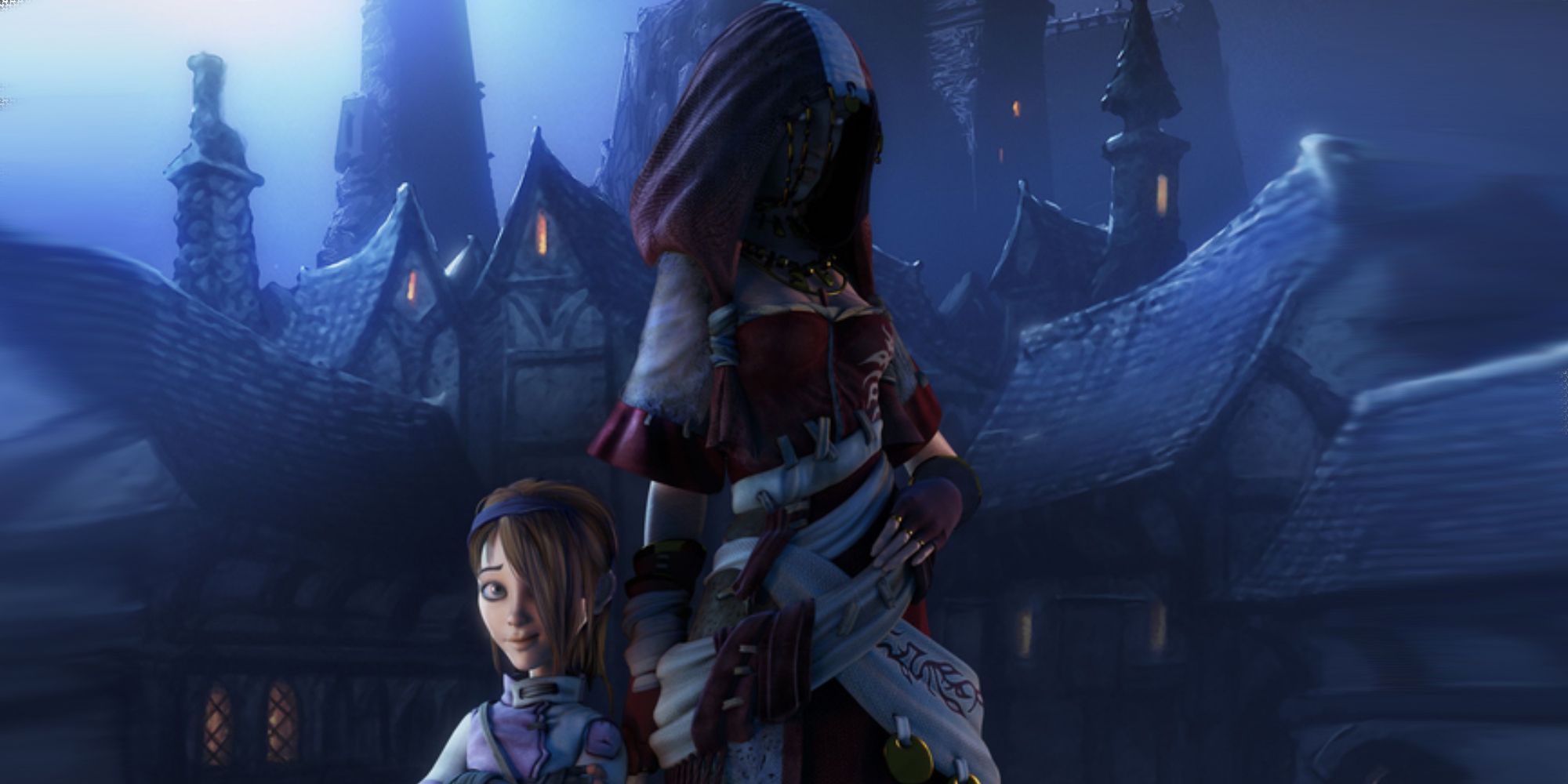Fable 4 is long-anticipated among fans who miss its immersive, character and choice-driven world. The series’ keystone features are remarkable enough to be reiterated and innovated on by dozens of games inspired by the franchise. It’s also somewhat of a middle ground between old-school type of RPGs in theme and action RPGs in actual gameplay.
After years in limbo, fans have a laundry list of features they want to see in Fable 4. Modernizing the franchise is definitely in order, but there are also mechanics from the legacy series that bear carrying over. With a little tinkering, these mechanics from the previous Fable games can make Fable 4 more accessible and fun to both newcomers and long-time fans.
10 Choices Affect Player Appearance
Peter Molyneaux may have exaggerated this feature, and many others, but Fable morphed player characters according to their choices. The Hero of Oakvale in the first game received different auras and appearances at different morality alignment values. They age, change body shape, and even scar depending on their playstyle and skills.
Fable 2 retains most features and reflects a player’s moral alignment on their dog’s appearance. Lastly, Fable 3’s Hero of Brightwall will be morphed by their primal and morality alignment, and be affected by extreme morphing at the end of the main quest. Their living or Hero weapons and dog will also morph.
9 Weapon & Armor Classification & Spell Weaving
Fable’s combat versatility made encounters fun and experimental in all three games. There’s a way forward with its categorization of melee and ranged weapons into distinct damage types. The wide range of clothing and armor also affords great customization for in-combat and casual scenarios.
Spell weaving became available in Fable 3. By unlocking the Spell Weaving ability on the game’s leveling system, the Road to Rule, players can equip two spell gauntlets at once. Using magic this way allows them to hit enemies with two elemental types at once.
8 Judgments & Location Morphing
The world physically changes due to the player’s choices. A single decision can terraform the land, change a town’s population, or even wipe it out. Players can even change the weather, which drastically changes locations, by unlocking a weather machine.
That weather machine can be found in Fable 2, and is specific to Knothole Island. This dynamic environment could make it to Fable 4, thanks to technological advancements and its powerful engine. Meanwhile, Fable 3’s The Weight of the World quest allows players to change whole lands and buildings in the year leading to the grand final battle.
7 Dog Companions
Fans were ecstatic the dog was introduced in Fable 2, as they were not only a loyal furry companion, but a legitimately good companion. The dog in this particular iteration is much more involved in quests than the dog in Fable 3. It finds treasure chests around the map and can dig up buried treasure from dig spots.
Dogs can also help players in combat. If a player initiates a knockdown, their pet dog will rush in and finish the job. Their hunting and combat abilities can be improved using books that can be collected around the world.
6 Expressions & Dynamic Touch
Expressions allow Fable’s heroes to interact with NPCs around the world. These interactions can be as benign, such as giggling or flirting, or malicious, like insulting or threatening random villagers. Players can even use expressions to get out of punishment for non-violent crimes.
They can also be useful in other ways. Since Fable 1, players can ask NPCs to follow them or to stop before any hazards, as part of quests. Fable 3’s Dynamic Touch and Expression Touch systems expanded these quest-clearing interactions with NPCs.
5 Family & Aging
Aging has always been a feature in Fable games, while the ability to have a family was introduced in Fable 2. Aging in particular was meant to concretely show the passage of time, though extensive playtesting led to reverse aging options in Fable 1 and 2.
Children mainly exist to add immersion in the series’ family mechanic. Interestingly, the number of children players can have per spouse decreased from Fable 2 and 3. To make up for it, children have more interactivity in the latter game.
4 Save Anywhere, Anytime
This is an obvious feature for any RPG, but saving used to be a finicky issue for the series. Gamers can still find threads from the 10’s criticizing Fable Anniversary’s save system. But for the most part, players can save anytime, anywhere in most Fable titles.
Having the ability to save at all times is great in a game where players are made to feel like all of their decisions matter. Players can quickly revert to an earlier save if they wind up not liking the results of their choices.
3 Alignments Aside From Good & Evil
Former Lionshead Studios leader Peter Molyneux made a lot of promises , and lies, about game features. The Fable series casualties from Molyneux’s fluff. However, it can’t be denied that the series did its best to have more alignment considerations than simply “good” or “evil”.
As an example, Fable 2 tracked whether a player was loved by the people according to “Love and Hate” and “Funny and Scary”. It also had the “Purity and Corruption” system that reflected changes to a player, as opposed to the world.
2 English Fairytales & Folklore
With a country named after Great Britain’s toponym, Fable is steeped in English lore and references to European mythology. Fable 4’s trailer shows the series is still firmly entrenched in English myth and humor, as seen in the Giant and Beanstalk scenario. Long-time series baddies balverines also return in their full werewolf glory, as popularized by French and English takes on the creature.
It’s also high time that players learn about Albion and the world around it. The games have only ever alluded to other lands, such as the Southern Islands, Samarkand, or even lands to the West of Albion.
1 Legacy Characters
There are several characters within the series who are implied to be immortal. Reaver, the immortal Hero of Skill, is one, and there’s Scythe or the first Archon of the Old Kingdom, William Black. Theresa is implied to have died at the end of Fable: The Journey, but only time would tell if Fable 4 picks up the game as canon.
Bringing these immortal characters back would create narrative connections between the old canon and the new game. Their existence could also be seedbeds for the game’s main threat or the key to saving the world.
Fable 4 is now in development.




